Facing the house with a facade stone
Facade stone is one of the best materials used for exterior cladding of buildings. It is resistant to external influences, diverse in textures and colors, affordable. Various types of facade stone are often used for interior decoration.
Facade facing stone has the appearance of a natural material – natural stone or brickwork. For its production, the method of pouring a prepared mixture of sand, cement, various color pigments and fillers into different shapes is used. The more the manufacturer uses molds, the more natural the lined surface will be. Each element turns out to be different in texture, color and size. Facing facade stone has an even more natural look, because its coloring is characterized by many semitones, transitions of various colors.
The cladding of the house often requires the use of facade artificial stone. One of the main advantages of facing the facade stone walls is the lightness and simplicity of masonry compared to the material of natural origin. The use of natural stone or brick for the cladding of buildings will take longer and will not be cheap, since in this case it is necessary to use expensive adhesive compounds to fix each stone. In addition, it will be necessary to thoroughly prepare the walls for cladding – to erect special structures or fix each stone with special anchors. The cost of the services of craftsmen working with natural stone is very high.
Facing the house with a facade stone
Things are much easier with an artificial facade stone. Often the surfaces do not require special preparation. Since the facing facade stone is much lighter than natural, it does not require any additional fasteners, and with the help of a grinder it can be easily cut. The elements of the facade stone are narrowed and rounded. Their use is associated with those places where a standard stone cannot fit: in door or window openings, arches. Decorative stone, because of its relatively light weight, is easier to bring to the workplace than natural stone. The reverse surface of the decorative stone is rough, so it can be easily fixed to the wall. It is easier to install a facade stone because of all these characteristics than a conventional ceramic tile. In a short period of time, at low cost, a “stone” house can be obtained.
The walls, which are lined with facade-basement tiles, have an original and aesthetic appearance. The cladding allows you to protect the walls from temperature and humidity fluctuations. Walls made of brick, concrete, wood and drywall are suitable for laying decorative stone on them. Additional preparation of brick and concrete walls is not required, because their characteristics are similar to those of facade stone. Decorative stone is very simply glued to the wall with glue. Before facing, wooden walls are covered with a roofing material or other waterproofing layer. Next, a plaster grid is attached to the facade wall, on which the solution is applied. After it dries, you can start work on the facade cladding with decorative stone. Such tiles are also laid on drywall.
Drywall must have moisture resistance if these walls are located outside the room. The walls must be treated with a primer, with which you can make the surface more durable, and thereby the level of adhesive setting will be improved. After laying, it is desirable to treat the decorative stone with a hydrophobic composition. This is especially true for surfaces that are close to water.
Facing the facade with artificial stone, you need to remember to observe the temperature regime. The most optimal air temperature is from 5 to 20 °C. At a lower temperature, the composition of cement and glue will freeze without having time to set.
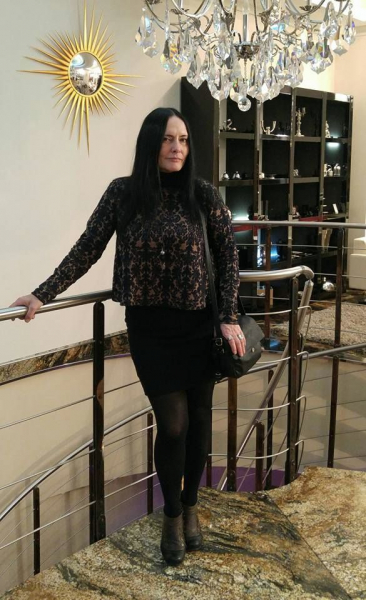
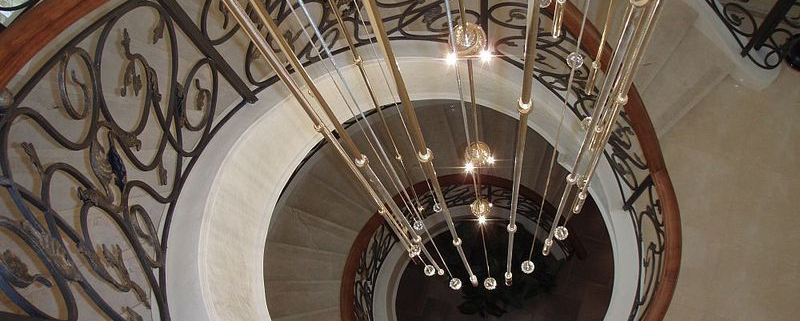

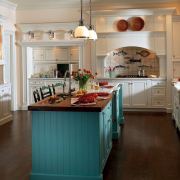
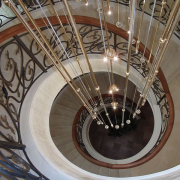
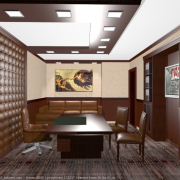
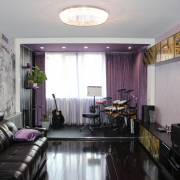

Leave a Reply
Want to join the discussion?Feel free to contribute!